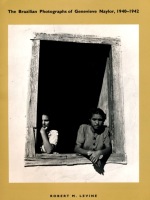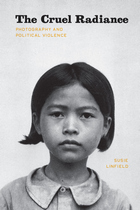The Mass Production of Memory: Travel and Personal Archiving in the Age of the Kodak
University of Massachusetts Press, 2020
Paper: 978-1-62534-532-5 | eISBN: 978-1-61376-782-5 | Cloth: 978-1-62534-531-8
Library of Congress Classification TR790.G67 2020
Dewey Decimal Classification 771
Paper: 978-1-62534-532-5 | eISBN: 978-1-61376-782-5 | Cloth: 978-1-62534-531-8
Library of Congress Classification TR790.G67 2020
Dewey Decimal Classification 771
ABOUT THIS BOOK | AUTHOR BIOGRAPHY | REVIEWS | TOC
ABOUT THIS BOOK
In 1888, the Eastman Dry Plate and Film Company offered the first portable camera that allowed users to conveniently take photos, using leisure travel as a primary marketing feature to promote it. The combination of portability, ease of use, and mass advertising fed into a national trend of popular photography that drew on Americans' increasing mobility and leisure time. The Kodak Company and the first generation of tourist photographers established new standards for personal archiving that amplified the individual's role in authoring the national narrative. But not everyone had equal access to travel and tourism, and many members of the African American, Native American, and gay and lesbian communities used the camera to counter the racism, homophobia, and classism that shaped public spaces.
In this groundbreaking history, Tammy S. Gordon tells the story of the camera's emerging centrality in leisure travel across the late nineteenth and early twentieth centuries and its role in "the mass production of memory," a process in which users crafted a visual archive attesting to their experiences, values, and circumstances, setting the stage for the customizable visual culture of the digital age.
In this groundbreaking history, Tammy S. Gordon tells the story of the camera's emerging centrality in leisure travel across the late nineteenth and early twentieth centuries and its role in "the mass production of memory," a process in which users crafted a visual archive attesting to their experiences, values, and circumstances, setting the stage for the customizable visual culture of the digital age.
See other books on: Gordon, Tammy S. | Mass Production | Tourism | Travel photography | Vernacular photography
See other titles from University of Massachusetts Press


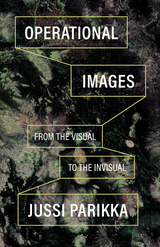
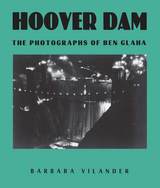
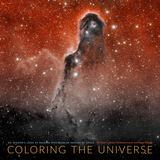
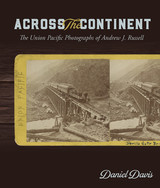





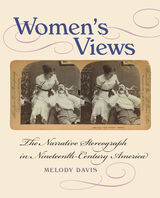
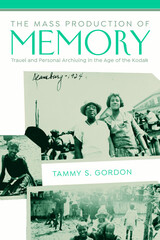
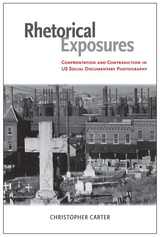

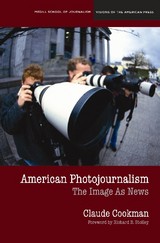
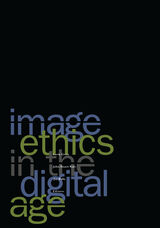


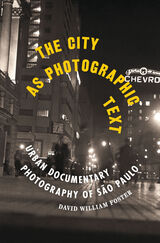

![So That All Shall Know/Para que todos lo sepan: Photographs by Daniel Hernández-Salazar [Fotografías por Daniel Hernández-Salazar]](https://www.bibliovault.org/thumbs/978-0-292-71467-0-thumb.jpg)
